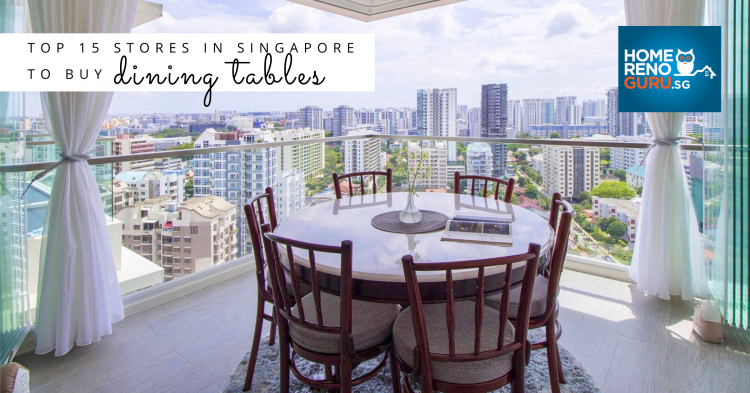
A home office is a room dedicated to office work.
Strictly work! The idea is to have productive, distraction free zone for professional work. Home offices are old concepts. In the far foggy nights of the 18th century, most professionals met clients and did their work from home. There weren’t any cars then, so commuting to work wasn’t something they liked to do, unless they were sweeping stables or something.
With the advent of telecommuting and freelancing, home offices have made a big comeback. This humble workspace is now invaluable to certain professions (writers, architects, graphic designers, etc.)
Isolation Is Key
When selecting a room for a home office, the most important quality is isolation. It has to be set apart from the many distractions of home. A good distance from the TV is recommended. It should also be distanced from noisy activity centers, such as the kitchen.
Open concepts aren’t common for a home office, since most people need a closed off area to focus. If it feels claustrophobic however, psychological boundaries can be used instead. Raised platforms, waist height partitions, or glass are all viable alternatives. However, these don’t block sound or distractions from the room.
Other considerations when picking the room are power outlets, phone connections, and internet access points.
Picking The Right Equipment
The focal point of most home offices is the work desk. It’s a common mistake to purchase the largest, grandest desk in the store. It looks impressive, but it can make everything else look out of proportion. Also, a huge desk means less room for storage racks, filing cabinets, or chairs for clients.
Some home offices may require reference Some home offices may require reference books. A library shelf looks elegant and impressive, but space constraints may exclude one. An alternative is to use floating shelves; these use up vertical space, and can be aligned in interesting patterns.
For other equipment, such as printers, copiers or fax machines, try to purchase all-in-ones. These will minimise clutter in the room.
Picking The Right Lighting
Lighting is a major concern in most home offices. Task lighting, in the form of table lamps or club lamps, should be abundant. If it’s not too distracting, consider windows for natural ambient light. These are also good for ventilation.
The choice between fluorescent and incandescent light is entirely personal. Fluorescent lights are brighter, but create a “white glare” that some people find disconcerting. Incandescent lights are gentler, but just as many dislike its yellowish glow.
Picking The Right Colours
When picking wall colours for a home office, remember it’s a bit “detached” from the rest of the house. You can have fewer worries about not matching the dominant style. Orange, yellow, and assorted “hot” colours are good for lethargy. If you’re yawning and groggy in the morning, pick these energetic colours. If you’re always brimming with energy or overworking, consider a gentle shade of blue or pale green to calm you.
If you have a wooden desk, you may want to pick a colour that complements its tone. Dark coloured wood, such as mahogany or walnut, match warm colours like red, yellow, and orange. Light coloured woods, such as spruce or birch, go better with cool colours like blue, green, and violet.
If you want to present a formal image to your clients, you may be forced to use a neutral colour, like beige. In such cases, you can use the appropriate warm or cool colours as accents. Let them appear as occasional “splashes”, in the form of paintings or chair seats.
——–
Cover photo courtesy of designoffurniture.com







